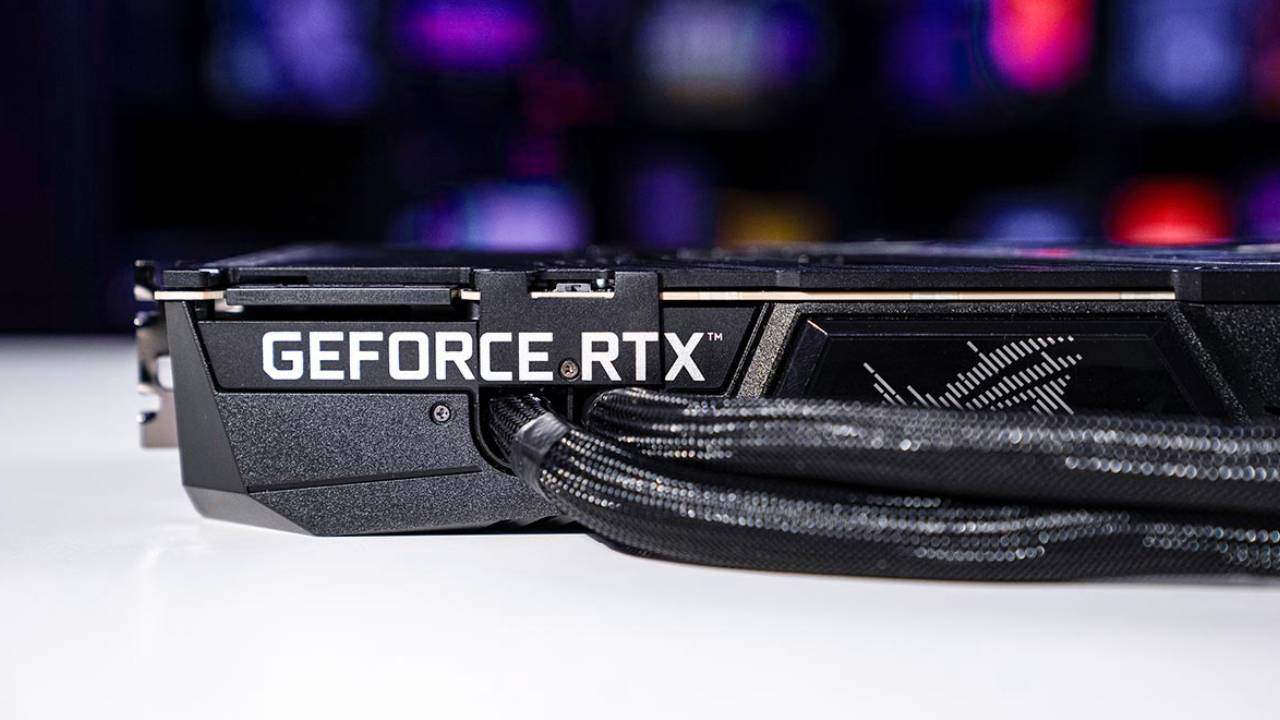Reports show that Nvidia GPUs are way on top and the RTX 50 series may even extend their lead

Table of Contents
The battle for GPU supremacy between Nvidia and AMD has been ongoing for a long time, and Nvidia has always had the lead over its competitors. Around two years back, Intel also jumped into the GPU market, and with three tech giants clashing heads, consumers were glad that some diversity would bring the GPU market segment down a notch in pricing.
However, in 2025, Nvidia continued its powerful reign over the GPU market with its industry-leading technologies, with the latter two companies trying to bridge the gap with each new generation of graphics cards. With the RTX 50 series soon on the way, Nvidia has yet another opportunity to secure the lion’s share.
Prime Day is finally here! Find all the biggest tech and PC deals below.
- Sapphire 11348-03-20G Pulse AMD Radeon™ RX 9070 XT Was $779 Now $739
- AMD Ryzen 7 7800X3D 8-Core, 16-Thread Desktop Processor Was $449 Now $341
- ASUS RTX™ 5060 OC Edition Graphics Card Was $379 Now $339
- LG 77-Inch Class OLED evo AI 4K C5 Series Smart TV Was $3,696 Now $2,796
- Intel® Core™ i7-14700K New Gaming Desktop Was $320.99 Now $274
- Lexar 2TB NM1090 w/HeatSink SSD PCIe Gen5x4 NVMe M.2 Was $281.97 Now $214.98
- Apple Watch Series 10 GPS + Cellular 42mm case Smartwatch Was $499.99 Now $379.99
- ASUS ROG Strix G16 (2025) 16" FHD, RTX 5060 gaming laptop Was $1,499.99 Now $1,274.99
- Apple iPad mini (A17 Pro): Apple Intelligence Was $499.99 Now $379.99
*Prices and savings subject to change. Click through to get the current prices.
Nvidia's grasp over the GPU market
According to Jon Peddie Research, Nvidia has an 88% market share in the GPU ecosystem, with AMD and Intel coming in at 12% and 0%, respectively. This massive lead is likely due to Nvidia’s advancement in AI, gaming, cloud, and other domains.
On the other hand, GPU shipments decreased significantly compared to the previous quarter, coming in at around 7.9%, and in Q1 24, 8.7 million units were shipped. In contrast, the last quarter saw 9.5 million units being shipped. However, in terms of year-over-year performance, shipments increased by 39.2%.
On top of that, AMD suffered from a 41% AIB unit shipment decrease on a quarter-to-quarter basis but overall saw a 39% increase from the previous year. Despite the increase, it still has a lower market share compared to Q4'23, and only time will tell whether this balance will be disrupted.
Will Nvidia continue dominating, or will Team Red and Blue fire back?
While Nvidia is gearing up for the release of the RTX 50 series GPUs, AMD is reportedly making a bold decision to hold back from releasing high-end RX 8000 GPUs. So, given the current difference between the GPU market share, whether this decision from Team Red will give them a strategic advantage or further decrease their grasp, we can only wait to find out.
As for Intel, they unfortunately have a long way to go before they can trade punches with Nvidia and AMD, but given their track record, they can surely come up with some promising results. So, it would be wise for Team Green and Red to not underestimate the relative newcomer in the GPU ecosystem, especially since new Intel Xe2 architecture seems to be shaping up nicely.
Either way, Q3 and Q4 of 2025 are bound to be exciting, with every company teasing and showcasing the new technologies ready to be released, and we'll be the first in line to get our hands on these components.
